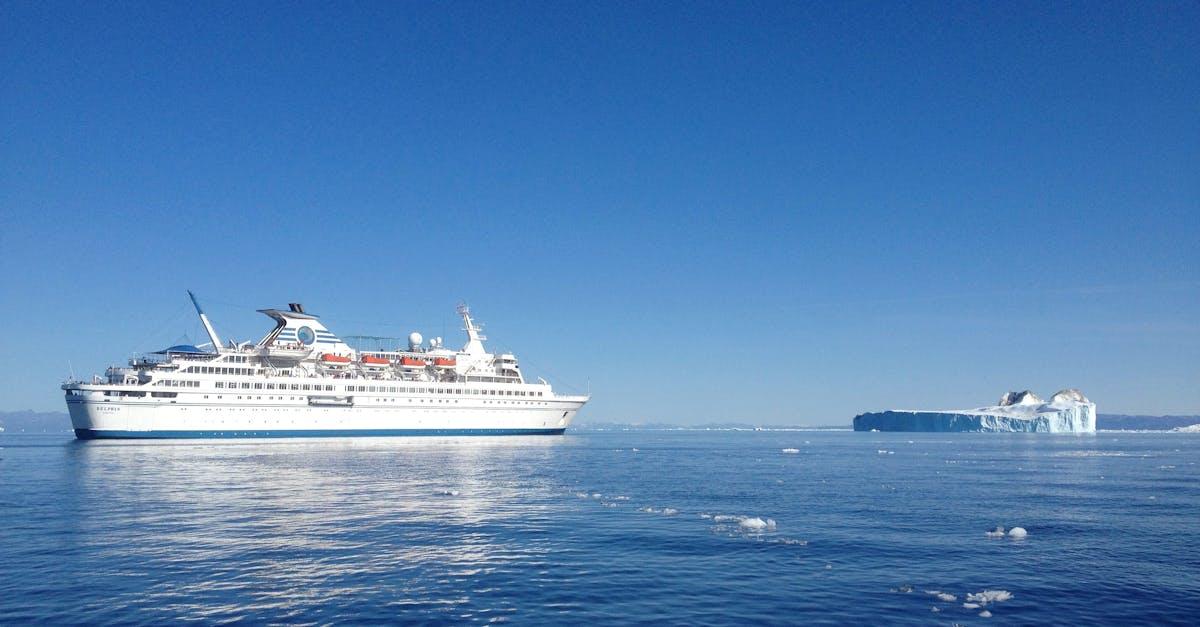
Greenland, the largest island on Earth, stretches across multiple time zones, creating a fascinating blend of regional time differences. While most people associate Greenland with icy landscapes and remote settlements, its time zones, daylight rhythms, and seasonal variations make it an interesting case in global timekeeping.
If you’re planning to visit or simply curious about what time it is in Greenland, this guide will explain its different time zones, daylight saving practices, and the impact of its Arctic location on daily life.
For a detailed exploration of Greenland’s time zones and how they affect daily activities, check out this comprehensive article.
How Many Time Zones Does Greenland Have?
Due to Greenland’s massive east-to-west stretch, it spans three primary time zones:
-
Western Greenland Time (WGT) – UTC-2
- Used in most of Greenland, including the capital Nuuk.
- Standard time zone for business, government, and daily life.
-
Atlantic Standard Time (AST) – UTC-4
- Used in Pituffik Space Base (formerly Thule Air Base).
- Matches the same time zone as eastern Canada and the U.S. East Coast.
-
Greenwich Mean Time (GMT) – UTC+0
- Used in Danmarkshavn, a remote Arctic weather station.
- GMT is commonly used in scientific research bases in Greenland.
These time zone variations can create challenges in scheduling flights, coordinating meetings, or communicating with people in different parts of Greenland.
For more insights into Greenland’s time zones and how they affect daily life, visit this in-depth guide.
Does Greenland Have Daylight Saving Time (DST)?
Yes! Greenland observes Daylight Saving Time (DST), meaning clocks are moved one hour forward in the summer months to maximize evening daylight.
When Does Greenland Change Its Clocks?
- Starts: Last Sunday in March (clocks move forward by one hour).
- Ends: Last Sunday in October (clocks move back by one hour).
This means:
- Western Greenland Time (WGT) shifts from UTC-2 to UTC-1.
- Pituffik Space Base moves from UTC-4 to UTC-3.
However, some remote weather stations, military bases, and research stations do not follow DST changes.
This time shift is particularly important for flights, international calls, and business operations, as sudden time adjustments can cause scheduling confusion.
How Does Greenland’s Time Affect Daily Life?
Because Greenland is located so far north, daylight hours vary dramatically between summer and winter.
In Summer (Midnight Sun)
- From late May to late July, many areas never experience full darkness.
- The sun remains above the horizon for 24 hours a day in northern Greenland.
- This period is known as the Midnight Sun, where the sky stays bright even at night.
In Winter (Polar Night)
- From late November to January, parts of northern Greenland experience Polar Night.
- The sun never fully rises, leading to weeks of darkness.
- Southern Greenland still receives a few hours of daylight, but it’s much shorter than in summer.
For residents, these seasonal extremes impact sleep cycles, energy levels, and even mental well-being. Adjusting to Greenland’s unique daylight patterns is essential for anyone living or visiting the island.
What Time is it in Greenland Compared to Other Countries?
Here’s how Greenland’s time zones compare to major world cities:
| Location | Standard Time | During DST |
|---|---|---|
| Nuuk, Greenland (WGT) | UTC-2 | UTC-1 |
| New York, USA | UTC-5 | UTC-4 |
| London, UK | UTC+0 | UTC+1 |
| Copenhagen, Denmark | UTC+1 | UTC+2 |
| Sydney, Australia | UTC+10 | UTC+11 |
This means:
- Nuuk is three hours ahead of New York in winter but only two hours ahead in summer.
- Nuuk is two hours behind London in winter but only one hour behind during daylight saving time.
Because Greenland follows Denmark in many aspects, synchronizing time with Europe is essential for trade, governance, and travel.
Travel Considerations: Knowing the Time in Greenland
If you’re traveling to Greenland, knowing what time it is in different regions is important for flight schedules and daily activities.
Flight Scheduling
- Flights between Greenland and Denmark (Copenhagen) typically require adjusting to a 3-4 hour time difference.
- Flights from Greenland to Canada or the U.S. East Coast usually cross multiple time zones.
Time Zone Adjustments for Visitors
- If traveling from the U.S. or Canada, visitors will gain time when arriving in Greenland.
- If traveling from Europe, visitors may need to adjust to losing a few hours upon arrival.
Being aware of time changes is especially important for connecting flights and booking tours in Greenland.
Frequently Asked Questions About Time in Greenland
Q: How Many Hours is Greenland Ahead of New York?
Greenland (Nuuk) is three hours ahead of New York (EST) in winter and two hours ahead in summer.
Q: Does Greenland Have the Same Time as Denmark?
No. Greenland is typically 3-4 hours behind Denmark, depending on daylight saving changes.
Q: Can You See the Midnight Sun in Greenland?
Yes! Northern Greenland experiences 24-hour daylight from late May to late July.
Q: Does Greenland Follow the Same Time as Iceland?
No. Iceland follows UTC+0 year-round, while Greenland is UTC-2 (standard time) and shifts with daylight savings.
Final Thoughts: What Time is it in Greenland?
So, what time is it in Greenland? The answer depends on where you are on the island!
- Nuuk and most of Greenland follow Western Greenland Time (WGT – UTC-2).
- Pituffik Space Base (Thule Air Base) follows Atlantic Standard Time (UTC-4).
- Remote stations like Danmarkshavn use Greenwich Mean Time (UTC+0).
- Greenland observes daylight saving time, meaning time changes seasonally.
Because of its extreme location, Greenland experiences dramatic shifts in daylight, affecting daily life, travel, and business operations.
For a detailed look at Greenland’s timekeeping system, check out this in-depth article.
Skriv et svar